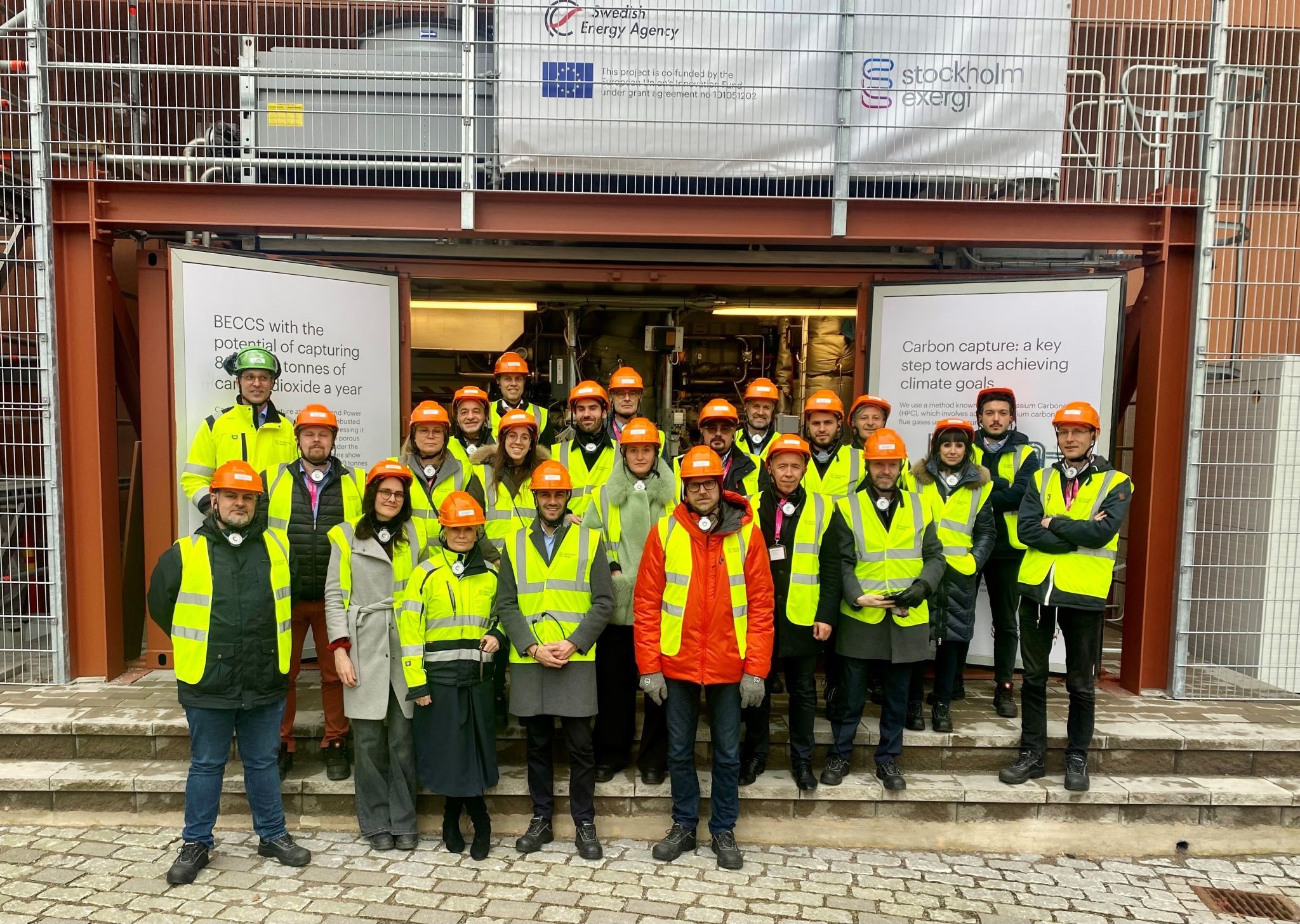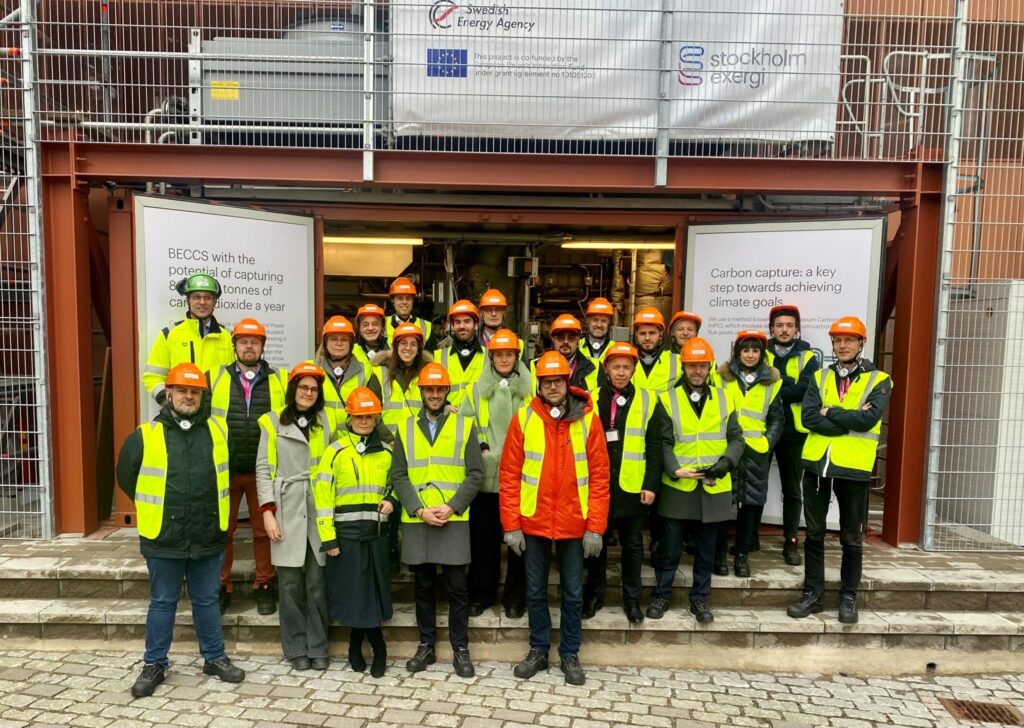
Working Group on Carbon Dioxide Removals at Stockholm Exergi

The EU aims for climate neutrality by 2050, emphasize the need for carbon removal technologies like BECCS and biochar. During the last Bioenergy Europe’s Working Group on Carbon Dioxide Removals, participants had the opportunity to visit Stockholm Exergi’s BECCS facility. The Working Group discussed advancements in carbon removal certification, collaborations for CO2 removals, and the importance of transparency and standards in carbon tracking.
Stockholm Exergi – Thursday 21th March
On 21 March, Stockholm Exergi hosted Bioenergy Europe’s Working Group on Carbon Dioxide Removals (CDR). During the event, Bioenergy Europe members had the chance to see the development of Stockholm Exergi’s BECCS facility. The facility has the potential to remove around 7 million tons of CO2 over the first ten years of operation.
Attendees to the Working Group on Carbon Dioxide Removals were updated on the Carbon Removal Certification Framework (CRCF) by Bioenergy Europe’s Policy Officer Ennio Prizzi. They learnt about the methodology for measuring net carbon dioxide removals through BECCS with Stockholm Exergi BECCS Development & Head of Voluntary Carbon Markets Johan Börje. They discovered Neustark and Microsoft CO2 removals agreement and business case with Neustark’s Head of CDR Lisa Braune.
The Working Group members also got a better understanding of how to enhance transparency in CDR tracking with Syncraft’s CEO Marcel Hubert and Carbonfuture Standards & Methodologies Anna Lehner PhD. Finally, Capsol’s Commercial Development Manager Trudi Christensen provided an overview of Capsol’s CCS Technologies.
The EU has committed to reaching climate neutrality by 2050. To reach this objective and limit climate change there is a need to compensate for residual emissions that cannot be eliminated. Biogenic carbon removals like bioenergy with carbon capture and storage (BECCS) and biochar can capture CO2 while also producing energy. Policy support, robust methodologies, and a sound business case will be crucial in the coming years to deployed these carbon negative solutions.
Find out more about Bioenergy Europe’s stance on Carbon Removals here
Do you want to join the Working Group?
Related Posts
No related photos.




